A Glimpse of Volcanology at UMKC
Even with the small number of geologists, they are making big changes in the world of rocks
June 4, 2023
Volcanoes are not something to regularly march towards, but several UMKC geology students are doing just that.
While they are not trekking directly into the volcano’s throat, these researchers are retracing the path of the lava to see what is left after an eruption. When lava ceases to flow, it leaves behind a hollowed cave or lava tube, like a pipe without water.
These tubes are ready-made shelters as large as 49 feet wide that could be the first home for humanity next to the volcanoes on Mars or the Moon. But before that can happen, they must be mapped and studied on Earth.
Many universities are taking on this challenge. Here at UMKC, Mya Thomas has always held a passion for astronomy, which she enjoys combining with her geology research.
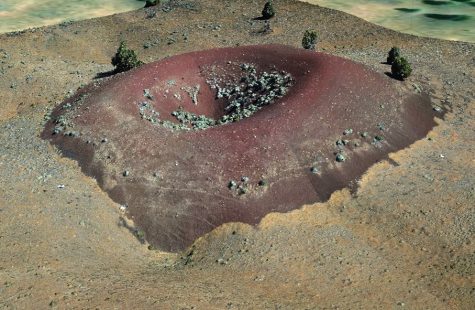
“I remember in fifth grade when we were asked about our dream job, I said astronomer,” Thomas said. “Growing up, I had the planets on my walls and always wanted to work at NASA. My first semester [at UMKC], I rediscovered that astronomy interest, so I’m combining it into what I’m pursuing now.”
Thomas discovered the need for a new lava tube modeling method while on a trip to Oregon with Ph.D. candidate, Joseph Nolan. Although the trip focused on Nolan’s research, he exposed Thomas to the realities of geology fieldwork and its challenges. As their drone kept losing its signal, Thomas held it above her head while trekking through the lava tube.
This process was both treacherous and inefficient, but Thomas said it inspired her to find a solution. Instead of walking through the uneven environment, she is testing a new research method, which involves placing cubes of a known size along the tube interiors.
By positioning cubes in ideal locations, Thomas uses them as reference points in photos taken from a safe distance. After uploading the pictures, software called AgiSoft Metashape can make 3D models proportional to the cube.

“My project explores cheap and accessible techniques for people to pursue regardless of their level of expertise, and I think it’ll be cool to see the progression of it,” Thomas said. “Maybe I’ll even build up to how we could live in one, [a lava tube], one day.”
Since Thomas is still an undergrad, she will have several years to evolve this project if she chooses. UMKC offers resources to support her and many other undergraduate researchers.
Thomas received the Summer Undergraduate Research Opportunities (SUROP) grant to sponsor her research over the summer, and she plans to use the money to travel to Iceland with a group of geologists. Brooke Benz, another UMKC geologist researching volcanos, will join the trip.
These grants along with the size of UMKC’s geology department allow for personal interaction between students and professors, and students can take greater advantage of the less-competitive opportunities.
Many UMKC professors mentor undergraduate students conducting research, and every department can become a support group for students at all levels.
“Thomas was one of my students that immediately stood out as awesome,” Nolan said. “And because we have such a small group of geologists here, things like what Mya experiences are common at UMKC.”
Much of the geology research takes place in the Molten Experiment Lab and Techniques (MELT) Lab in Flarsheim Hall, Room 424.


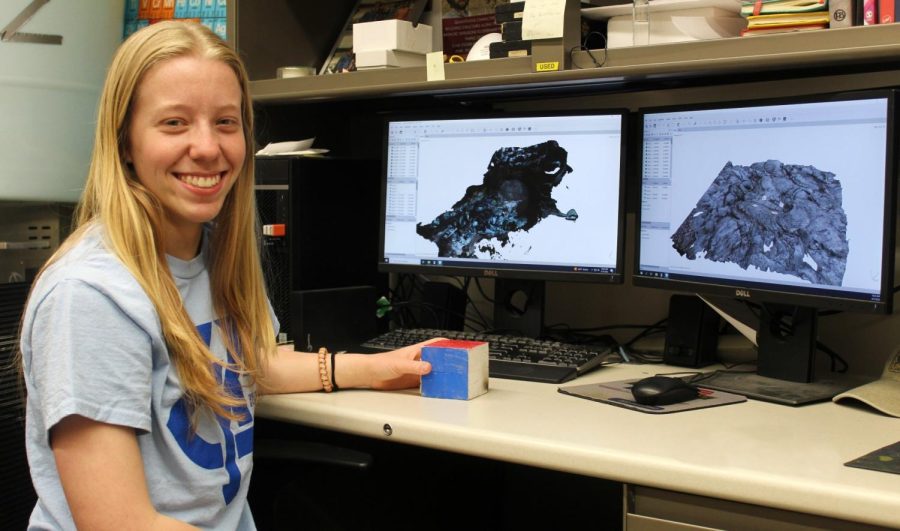
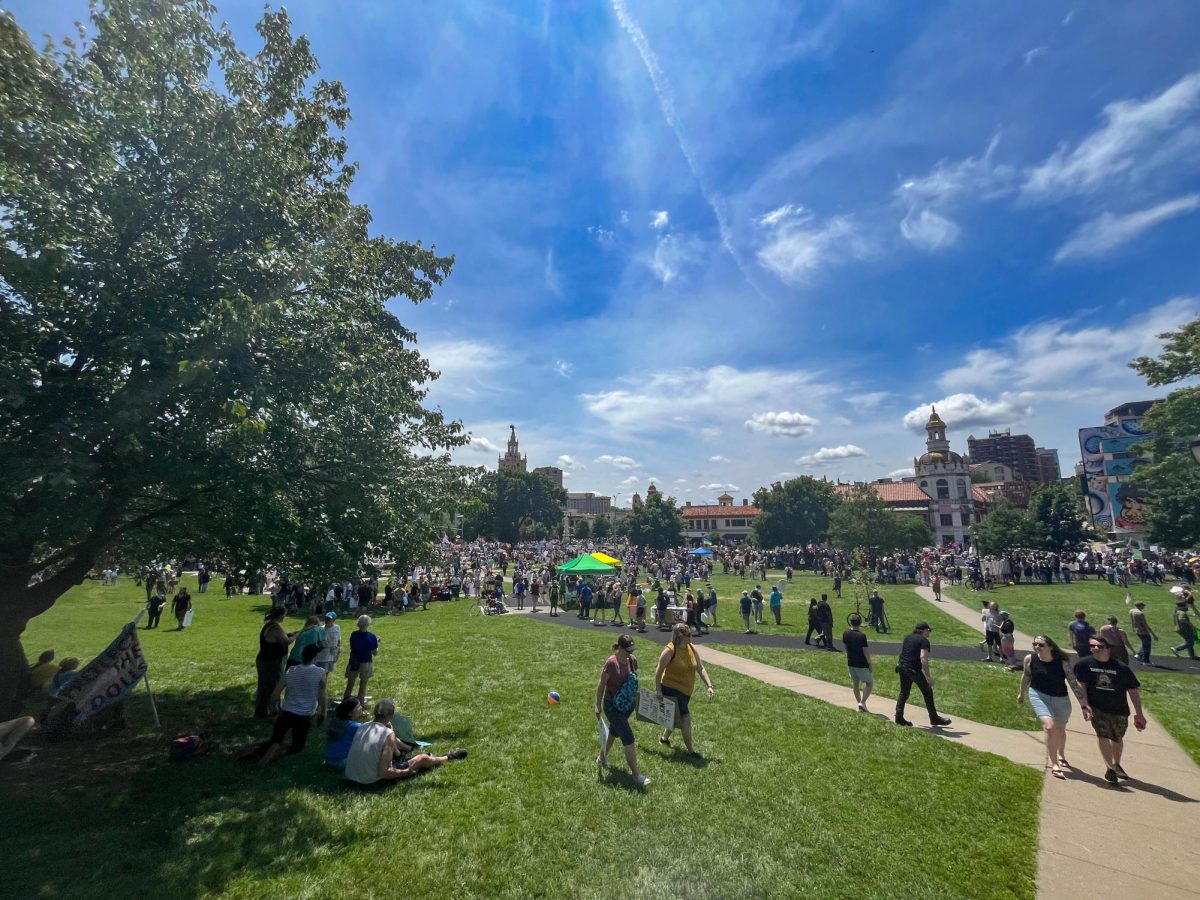


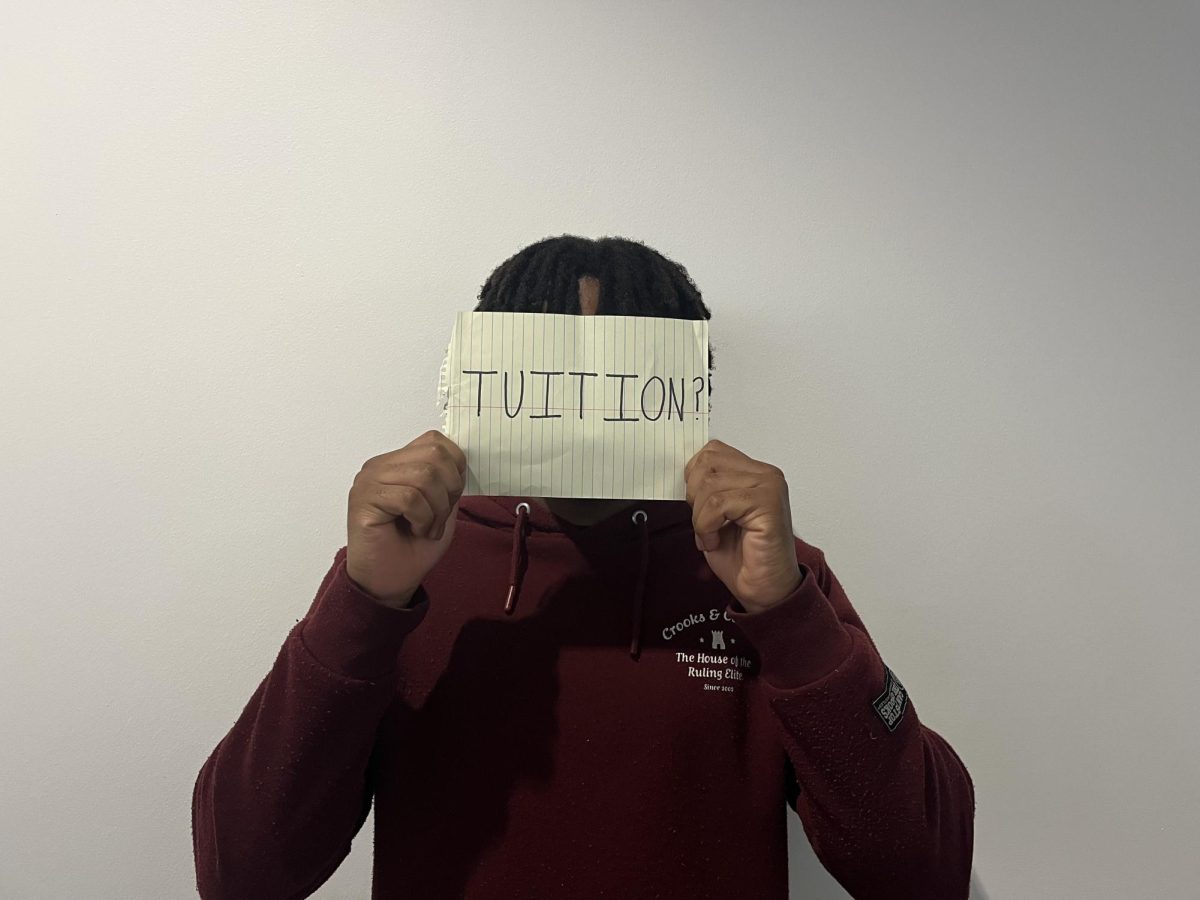
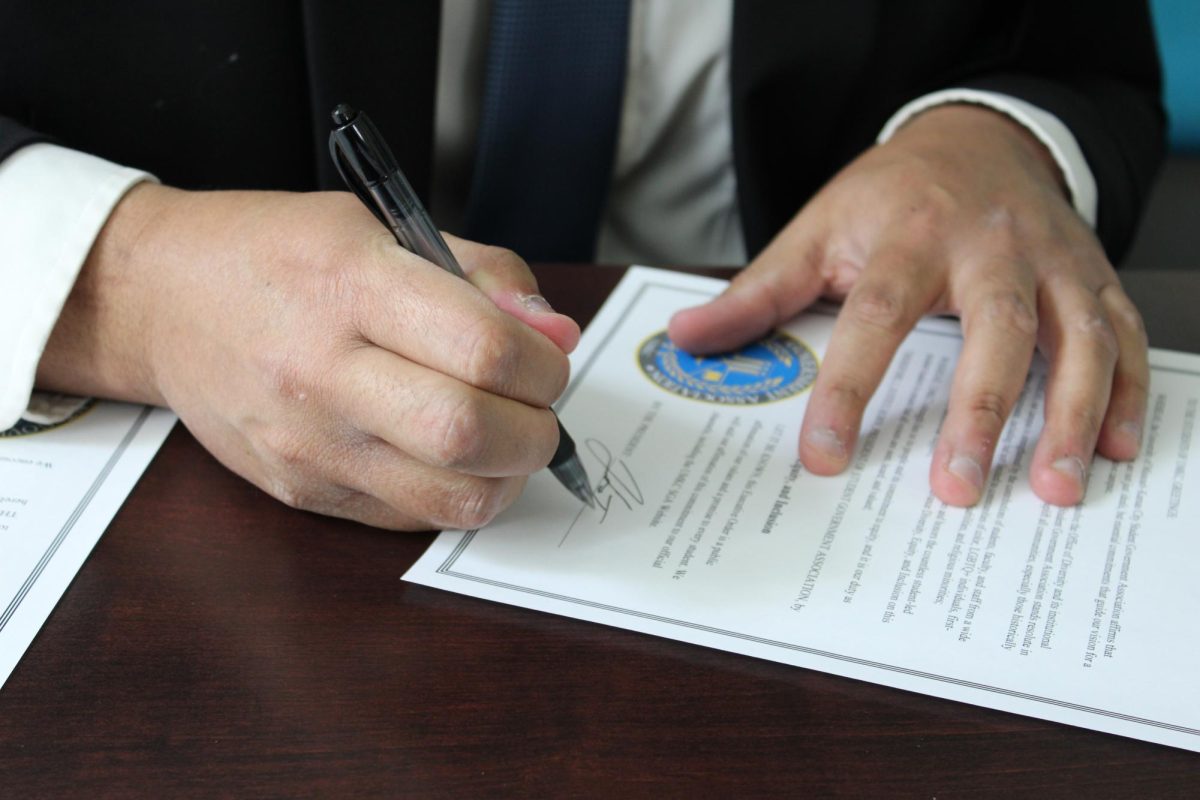
William Francis Bell • Jun 5, 2023 at 10:17 am
Love to see new stories over the summer, Ellen. Great job!